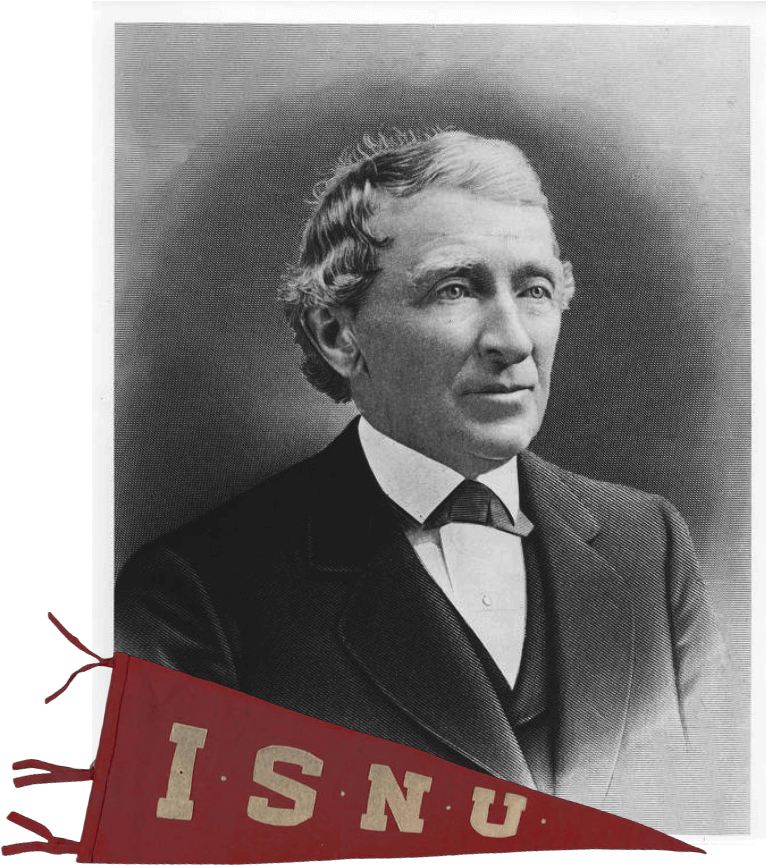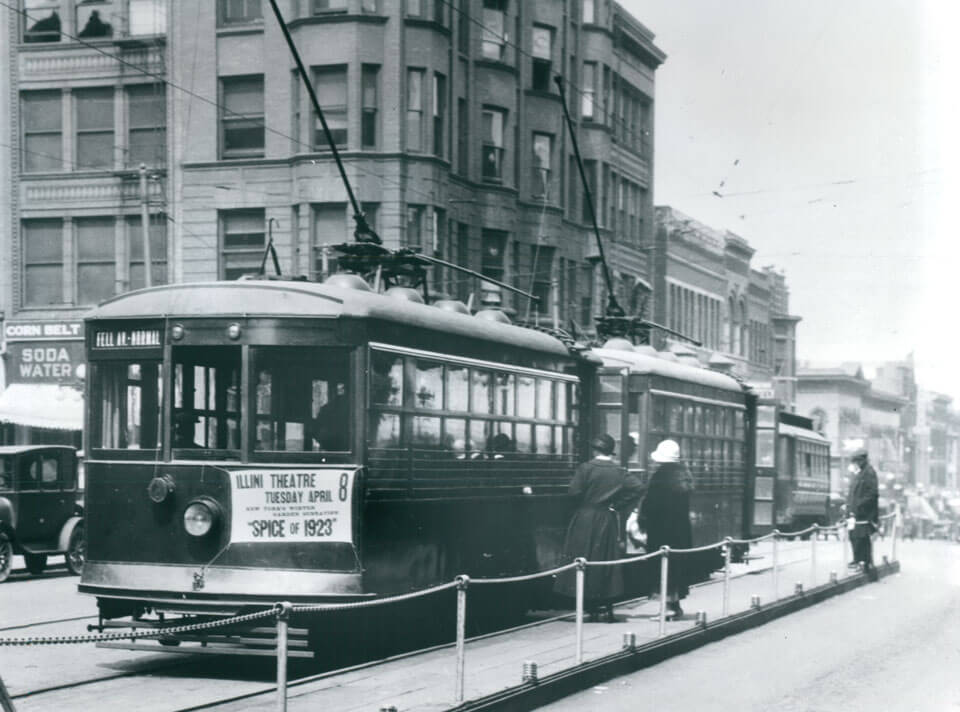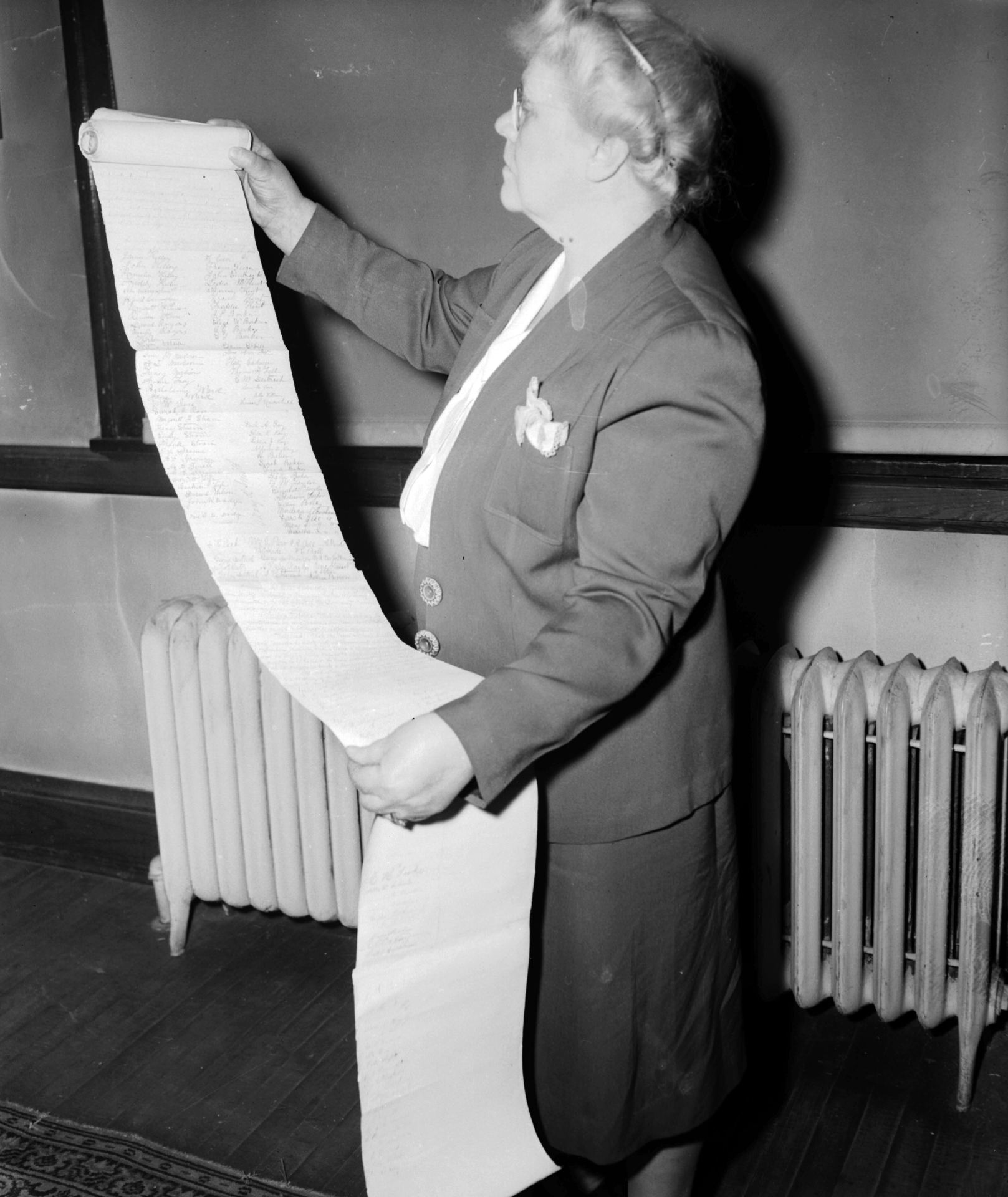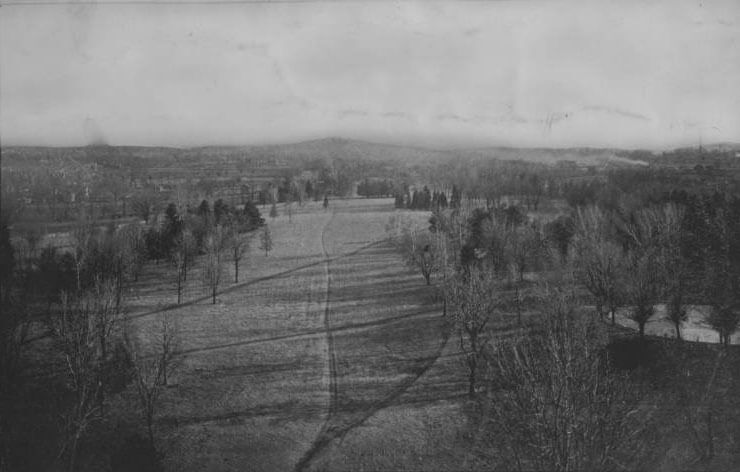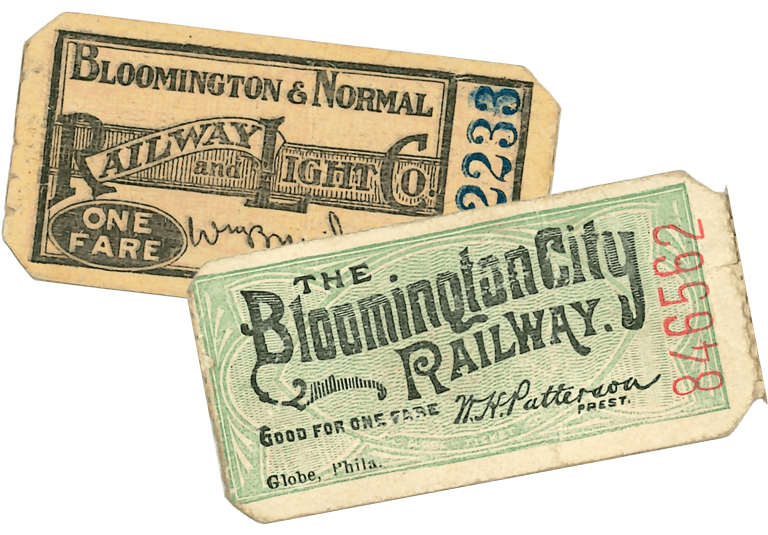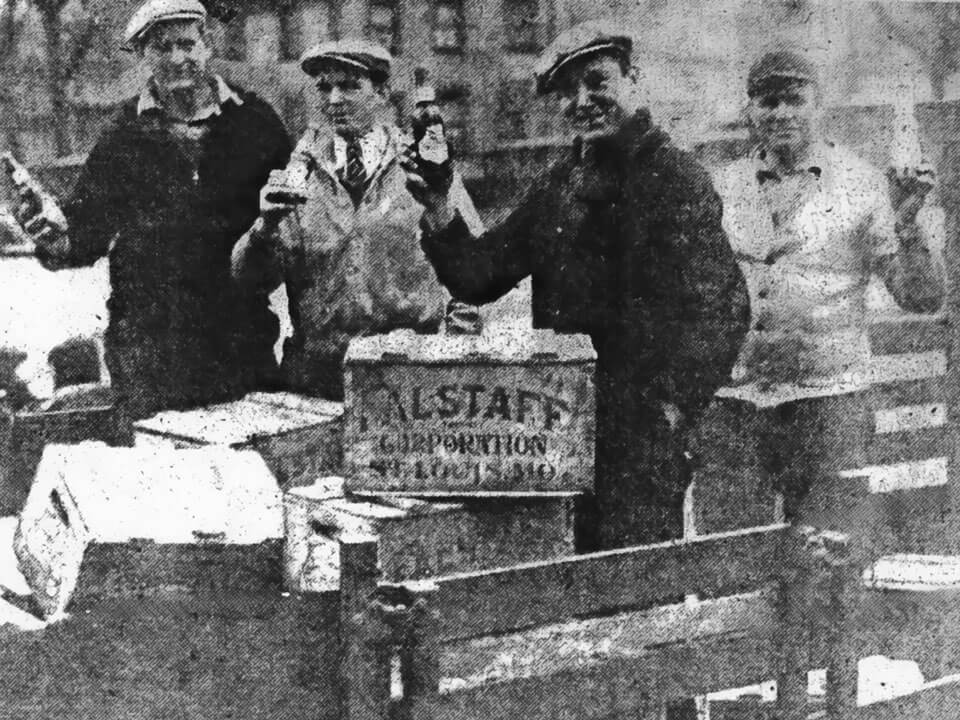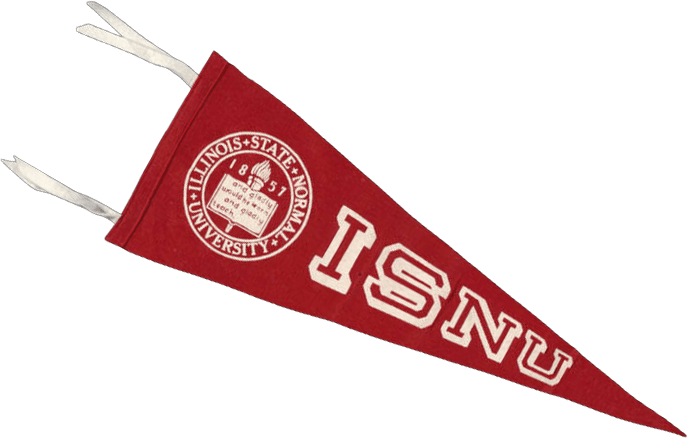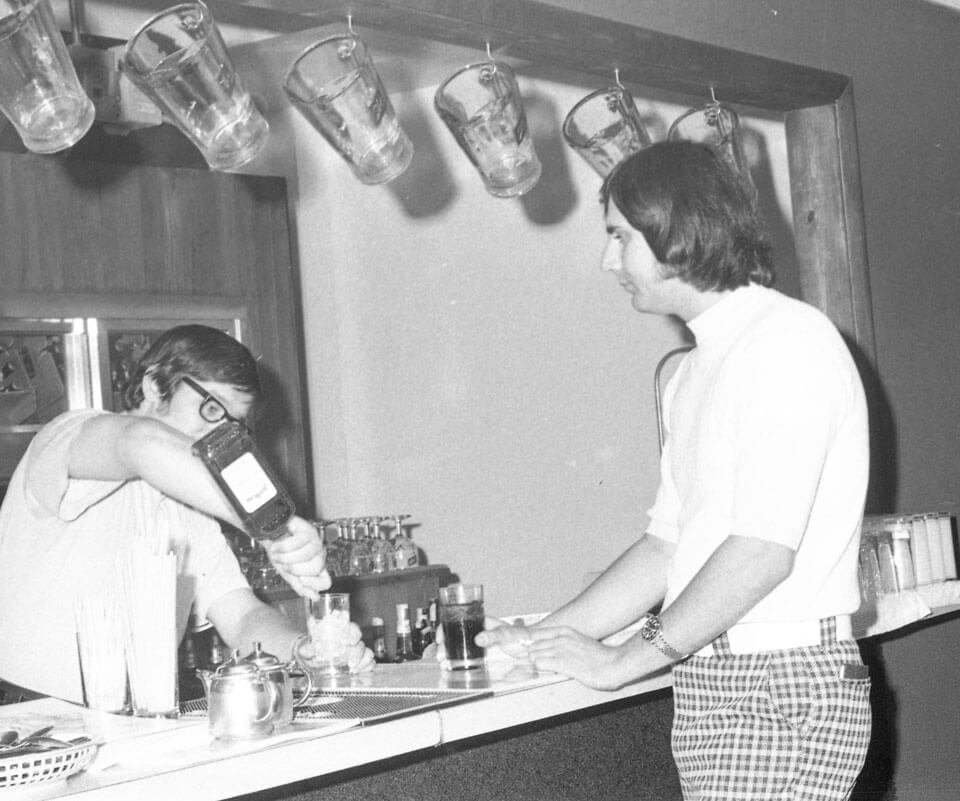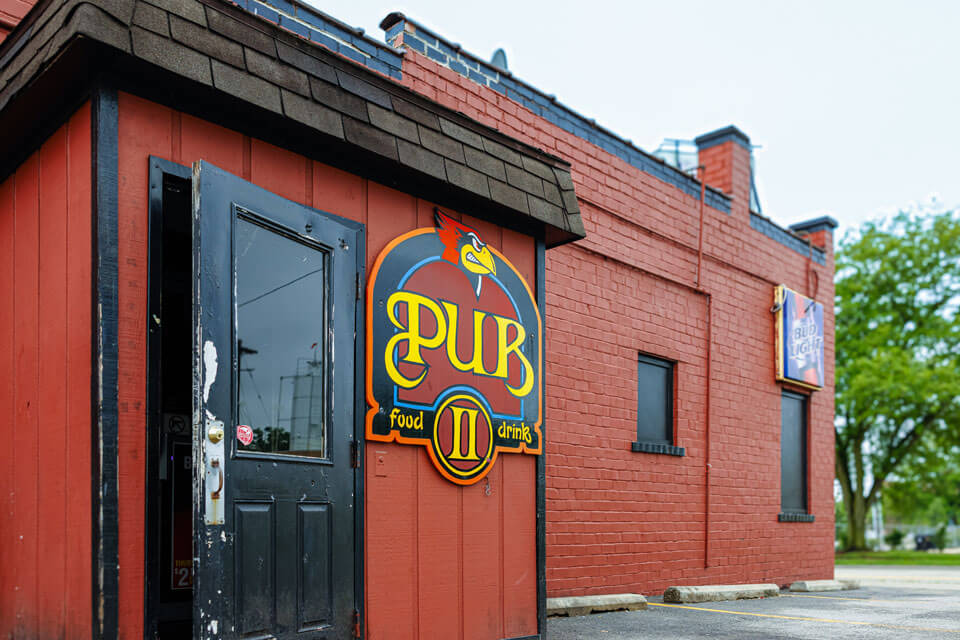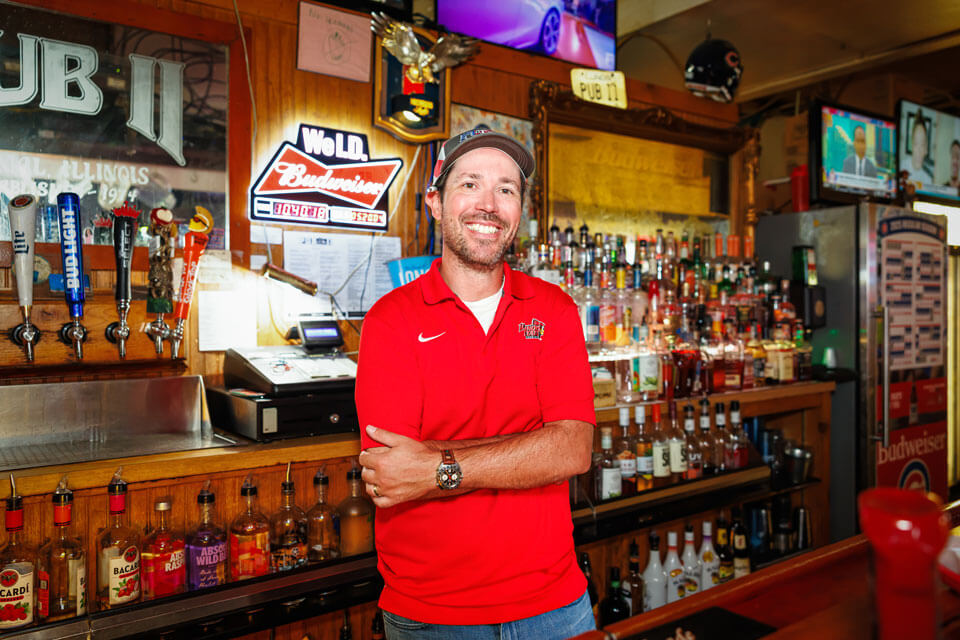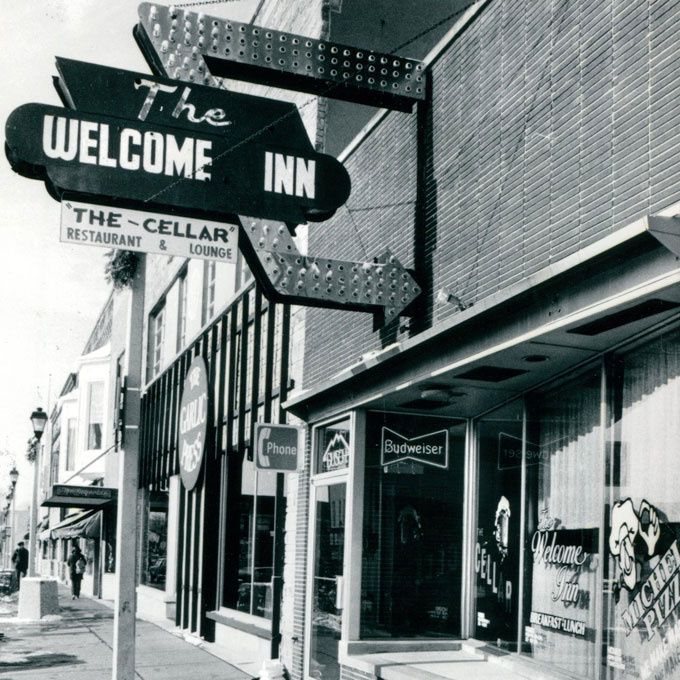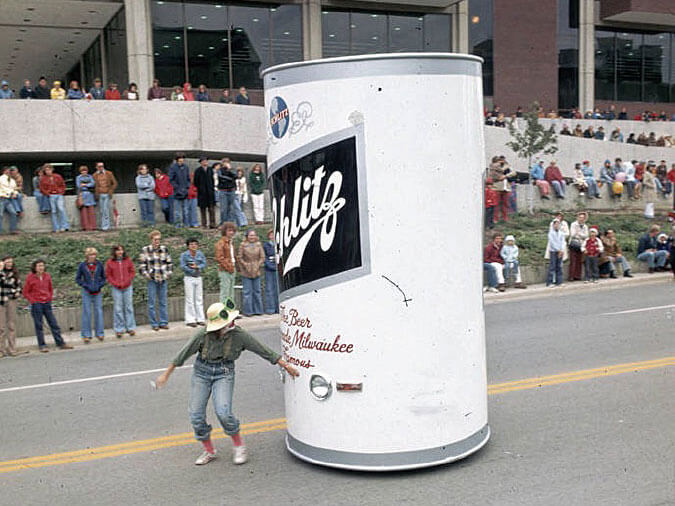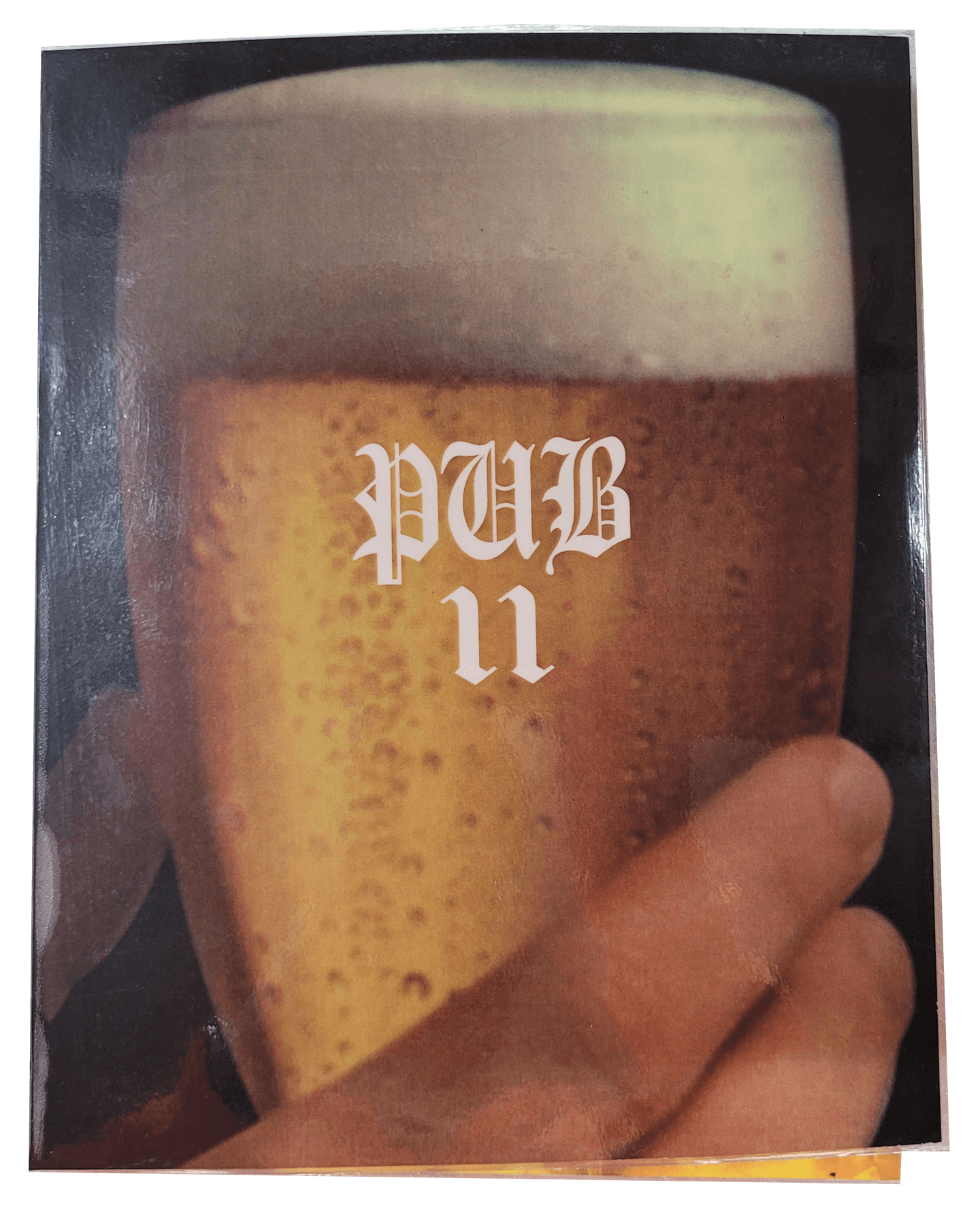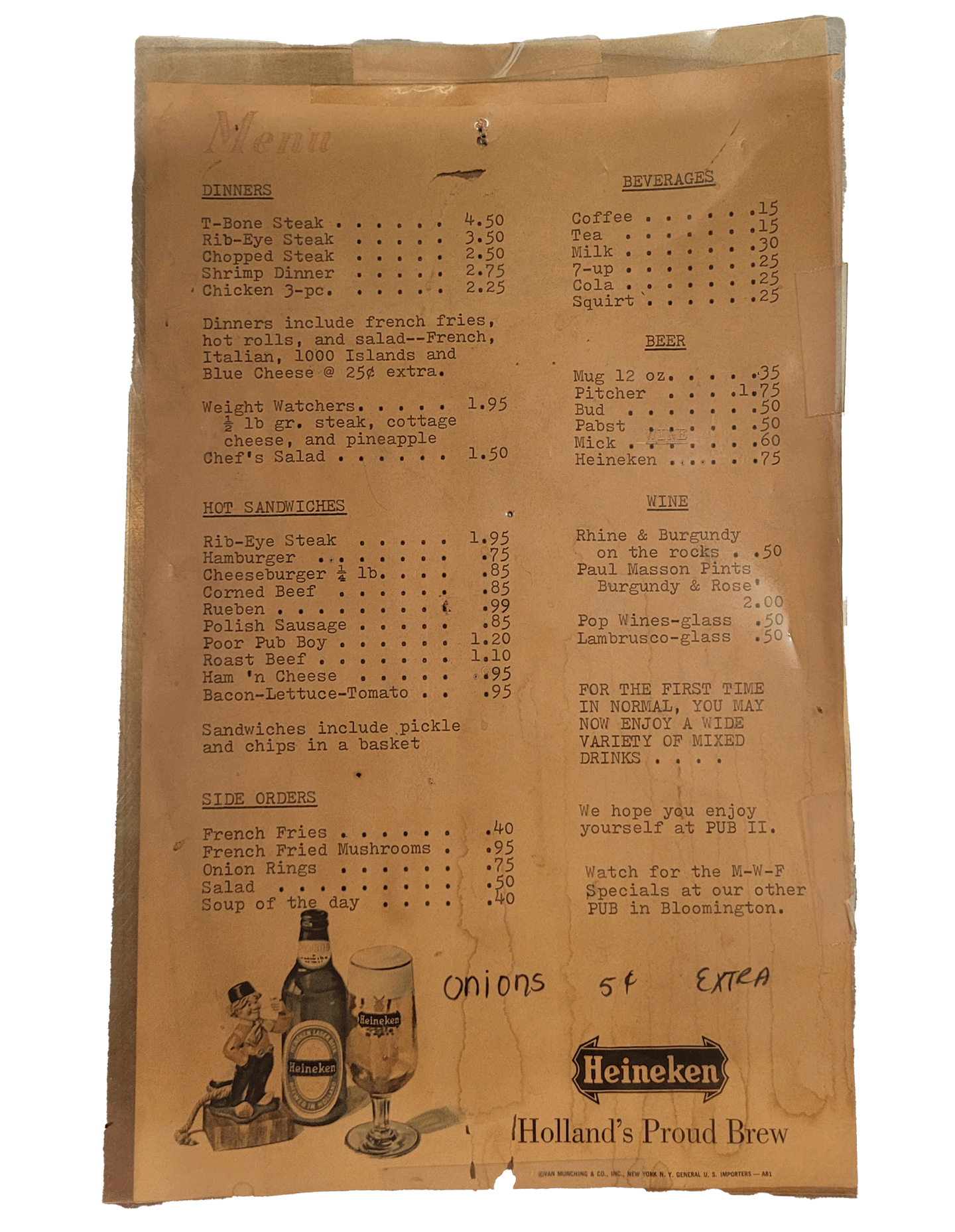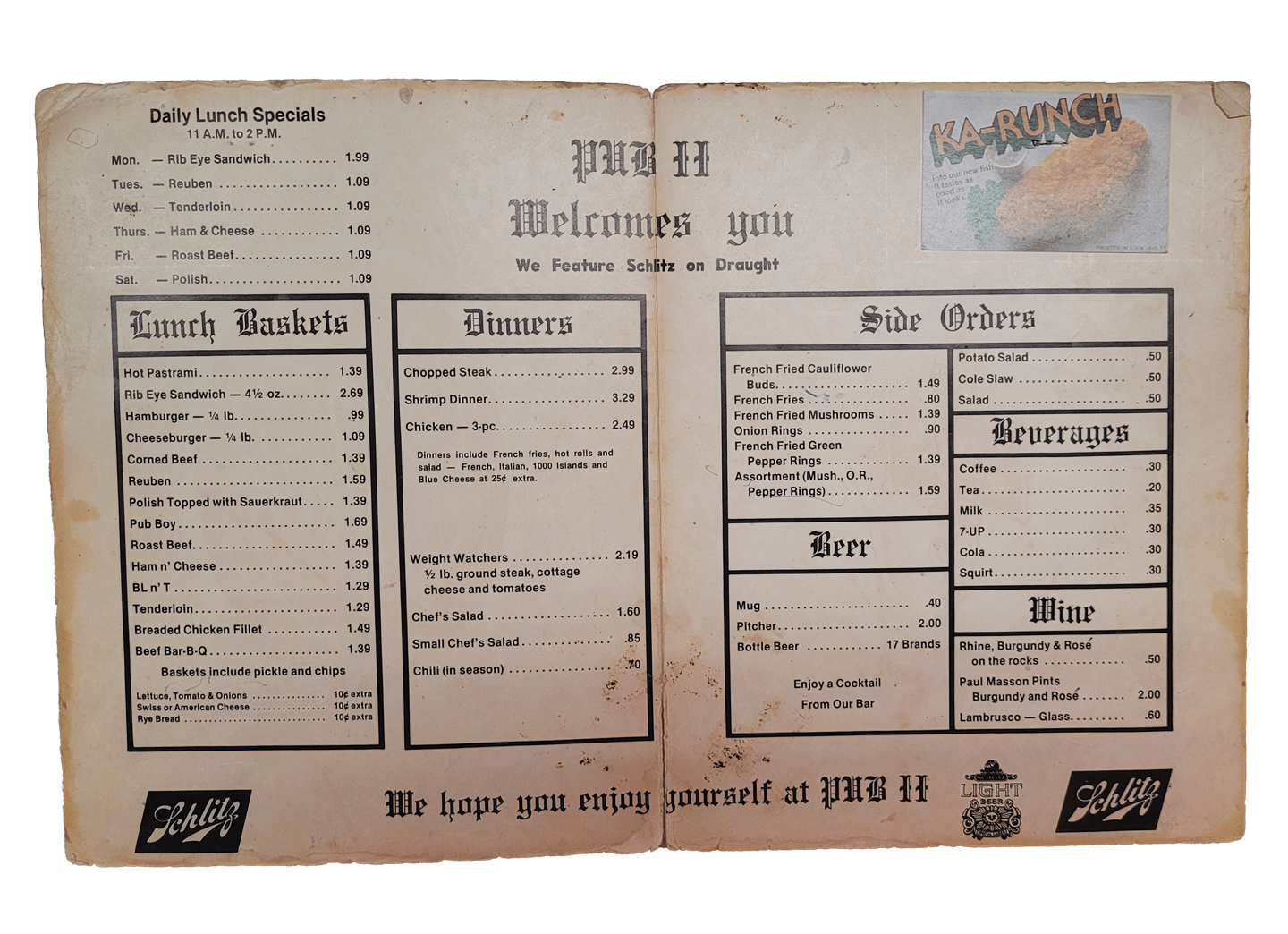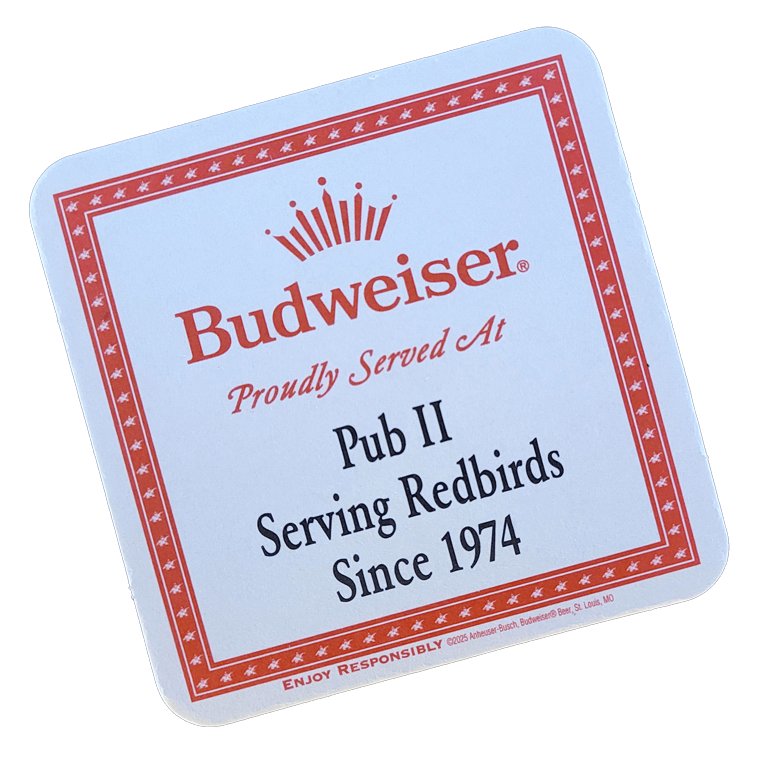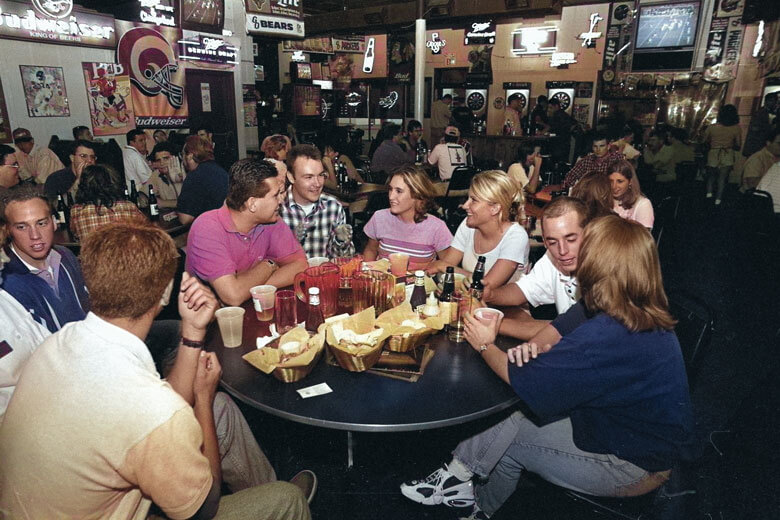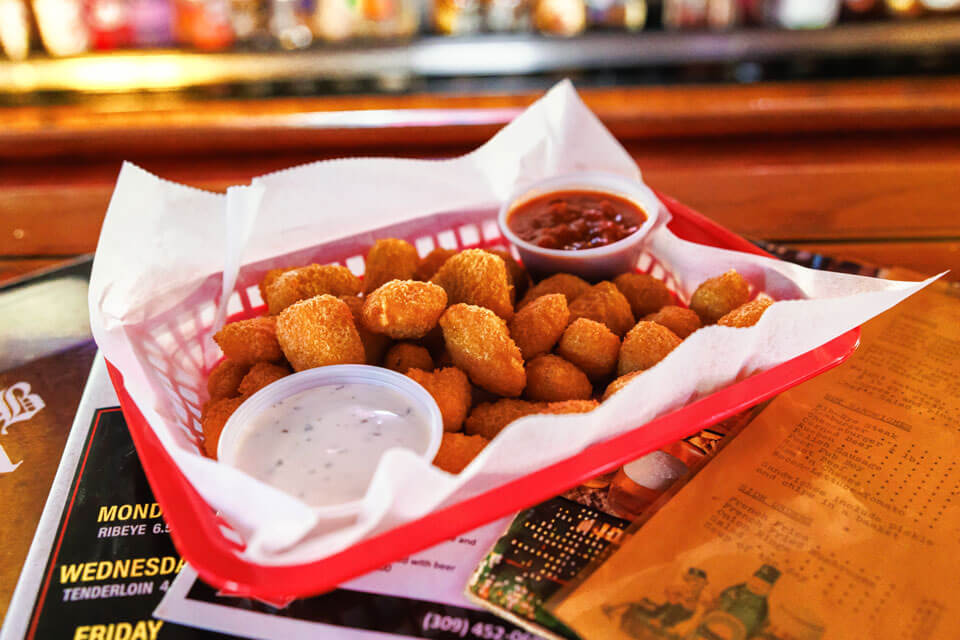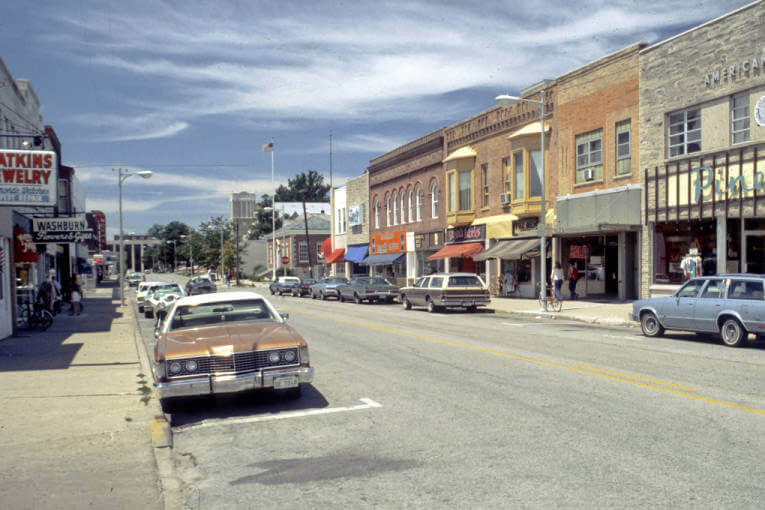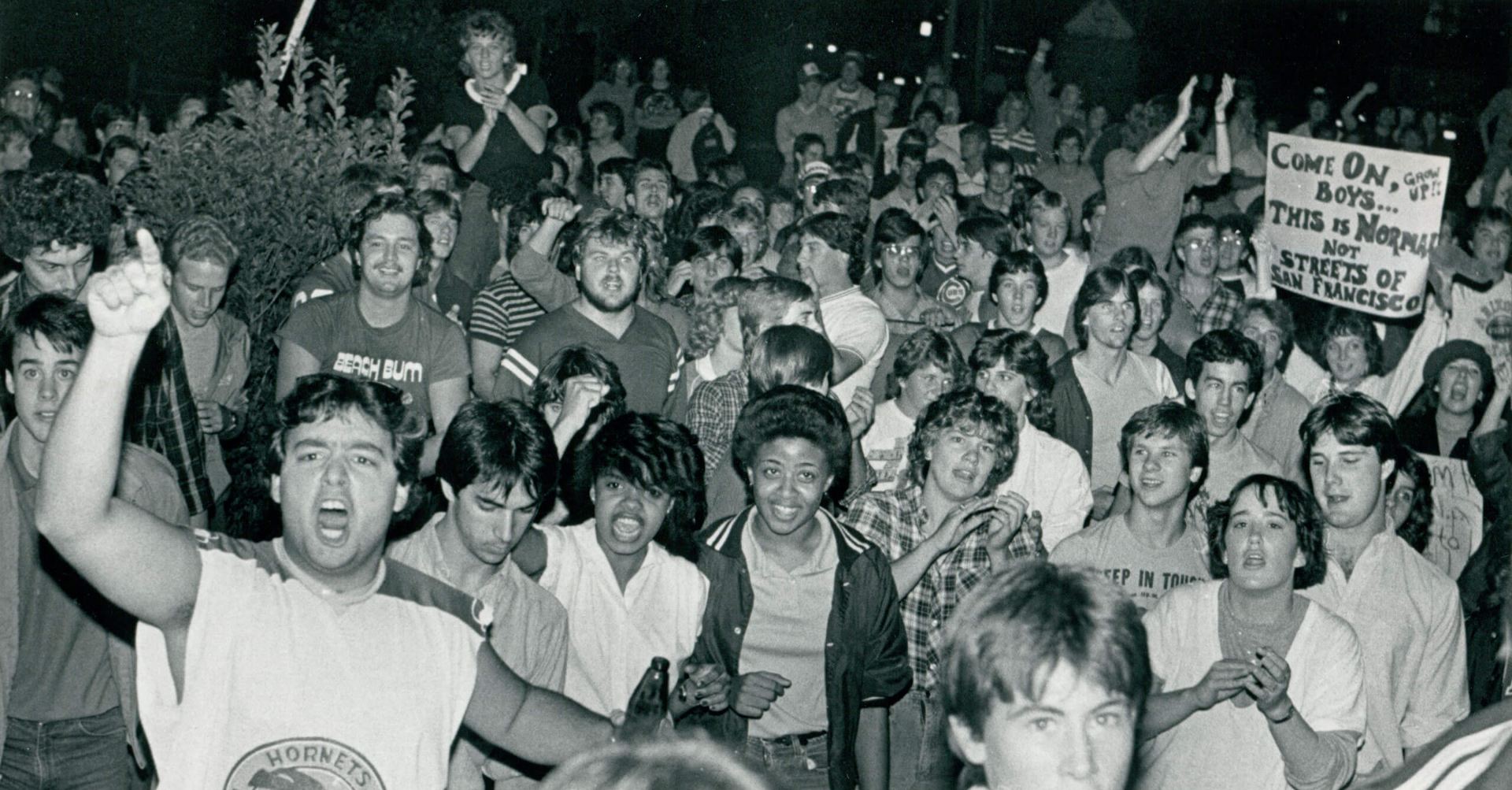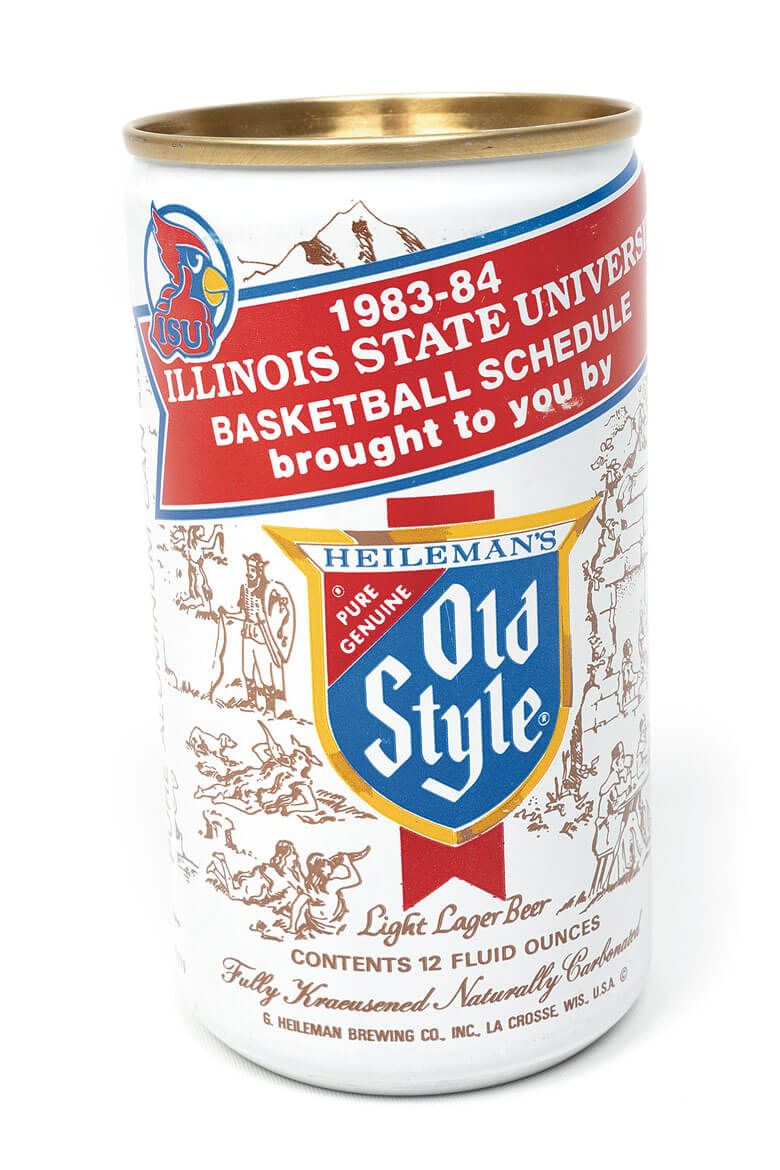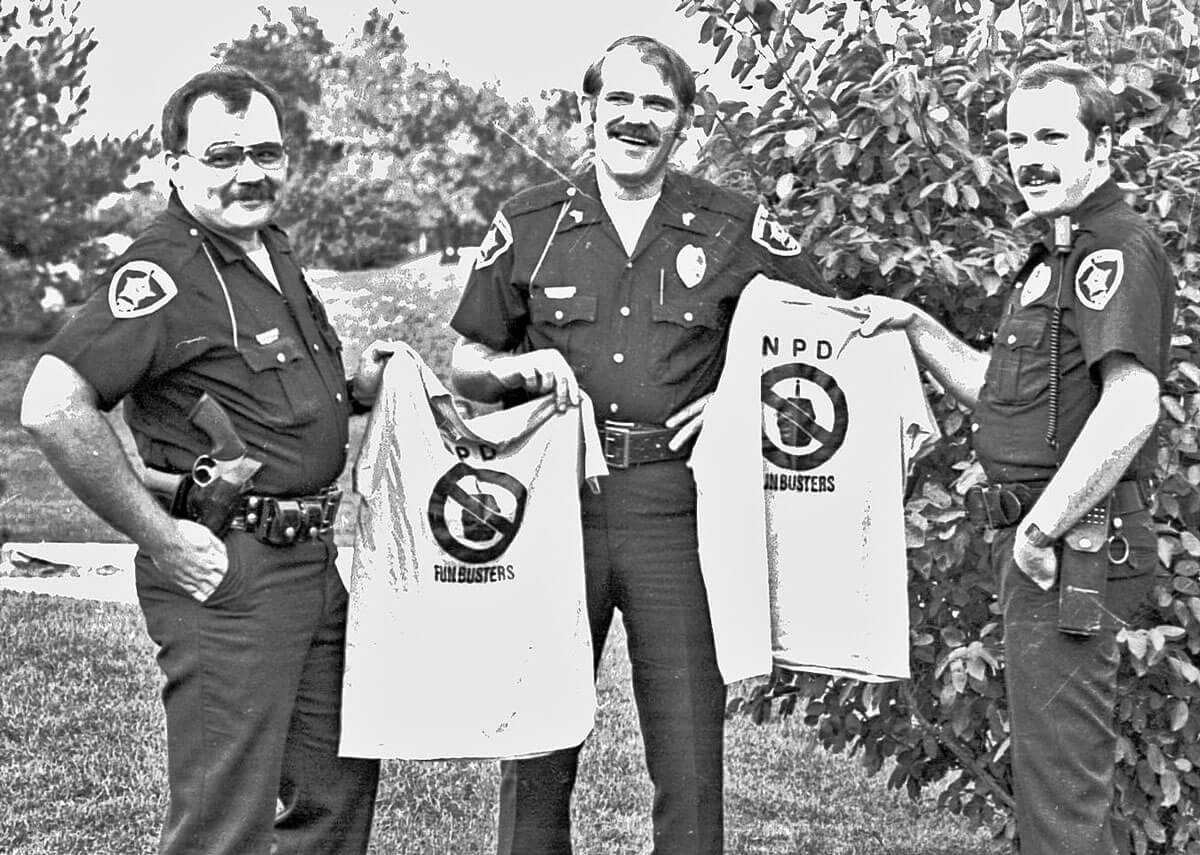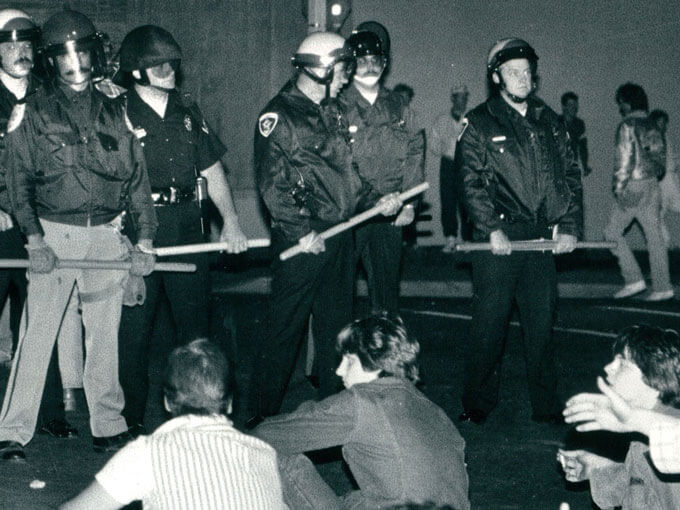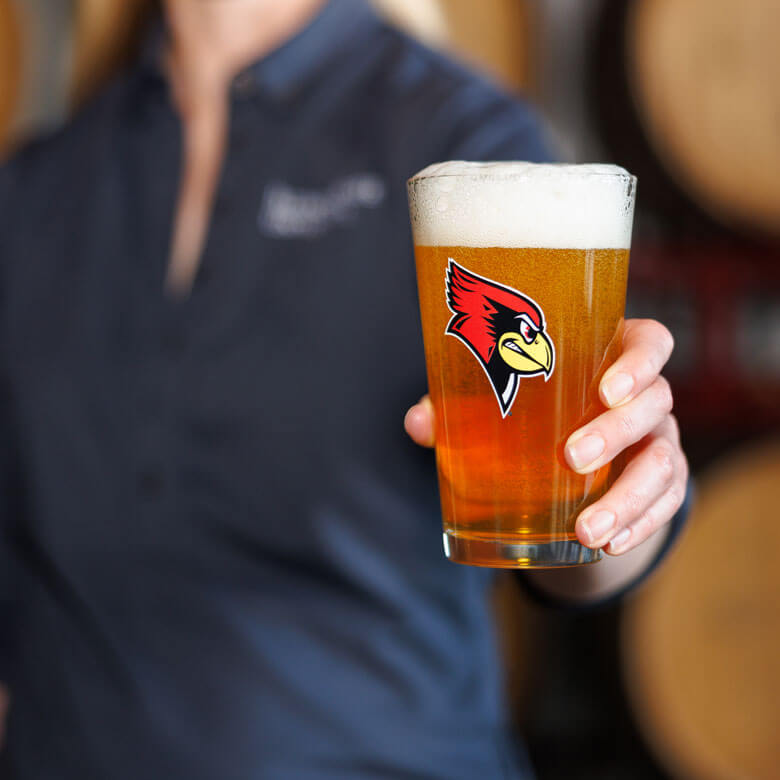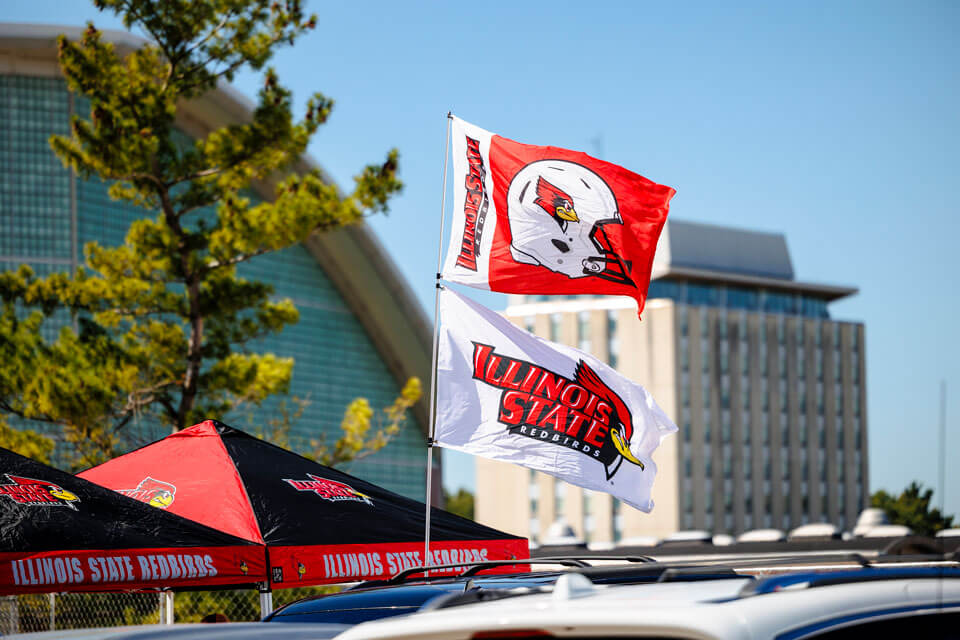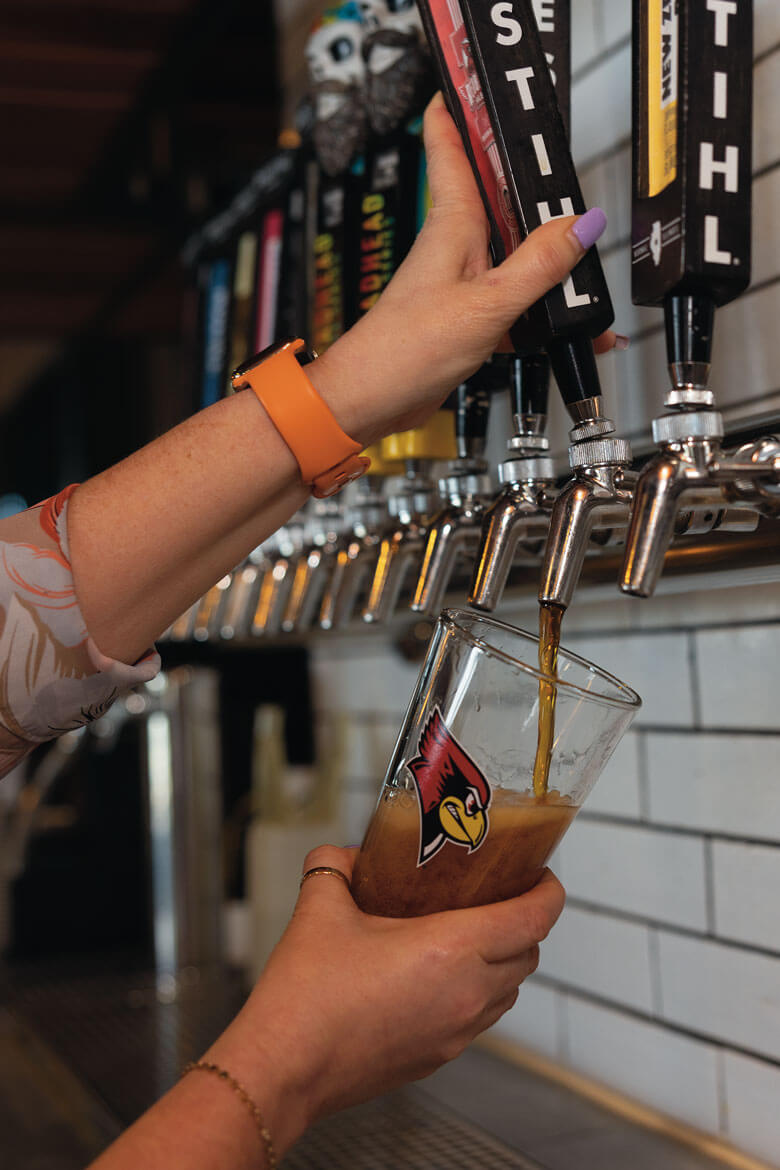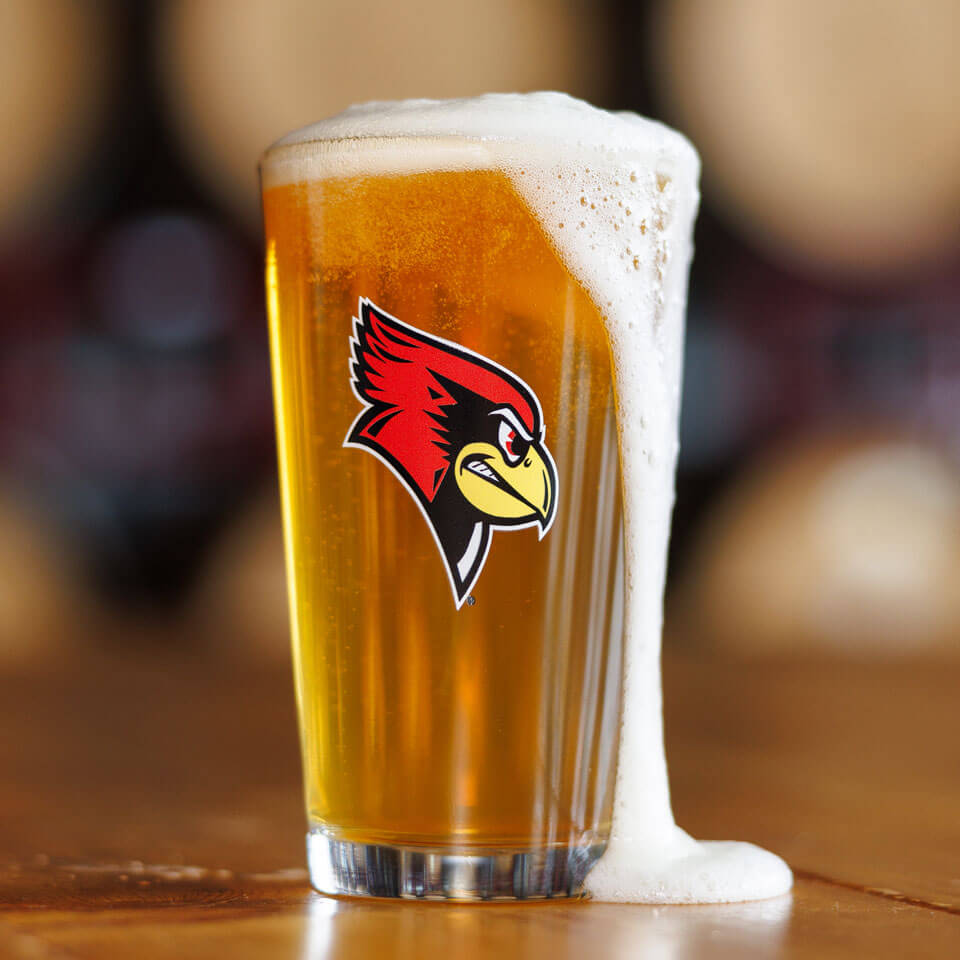A toast to (breaking) tradition: The complicated history of beer at Illinois State University
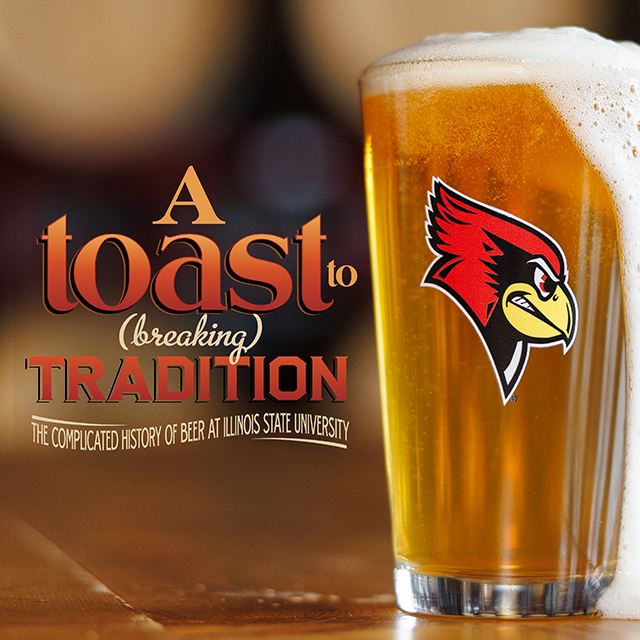
A toast to (breaking) tradition: The complicated history of beer at Illinois State University
College and beer.
For many Redbird alumni, it’s a pairing as complementary as Pub II cheese balls and, well, beer.
But it hasn’t always been that way at Illinois State University. Alcohol was prohibited in the Town of Normal during most of Illinois State’s first century. When Normal finally approved the sale of liquor in 1973, the community experienced economic opportunities combined with significant growing pains.
Just over 50 years later, two widely distributed Illinois State-branded DESTIHL beers are now available for fans to enjoy while cheering on the Redbirds at Hancock Stadium and CEFCU Arena.
Beer has come a long way in Normal, during a journey as tumultuous as a shaken-up six-pack.
Image Gallery of Pub II Menus.
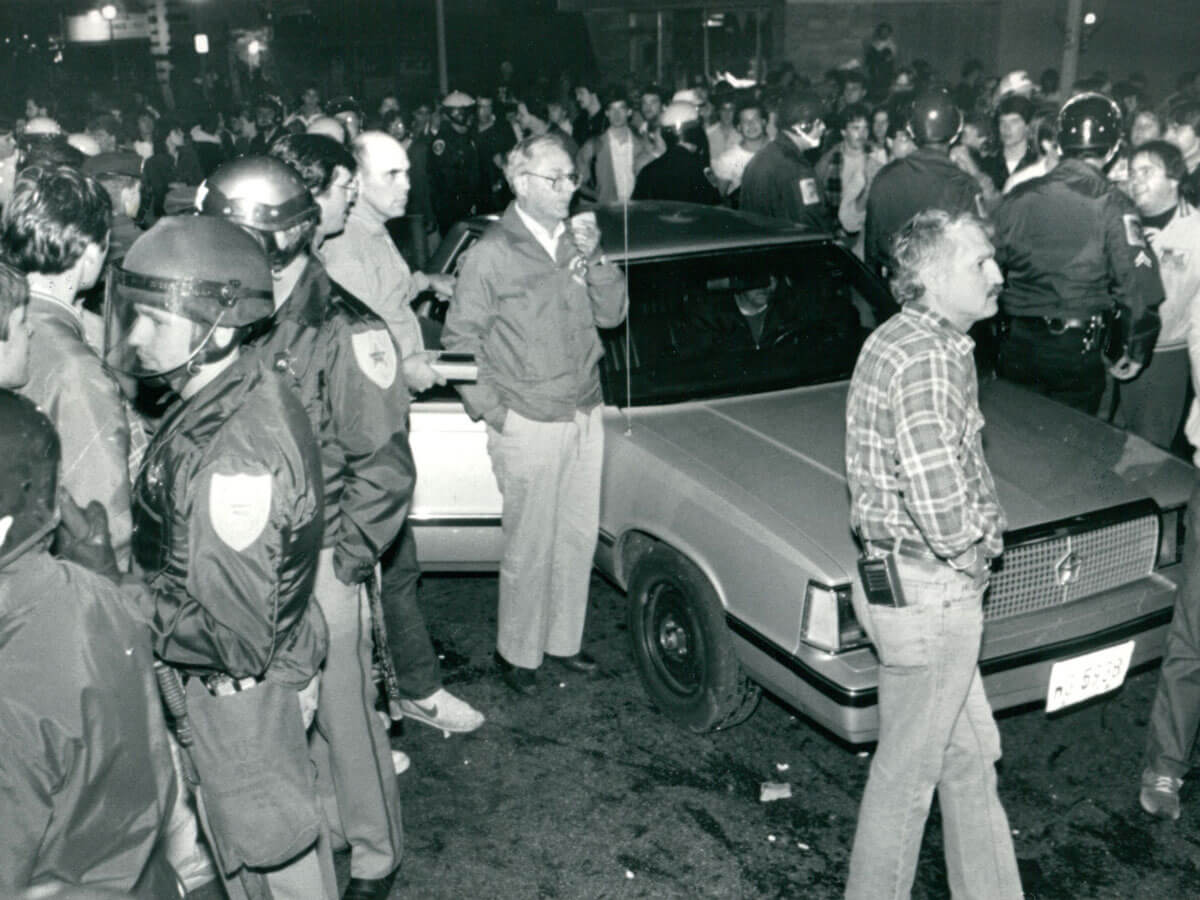
Illinois State President Lloyd Watkins tried to disperse the “beer riot” crowd.
Watch TV-10’s coverage of the “beer riot.”
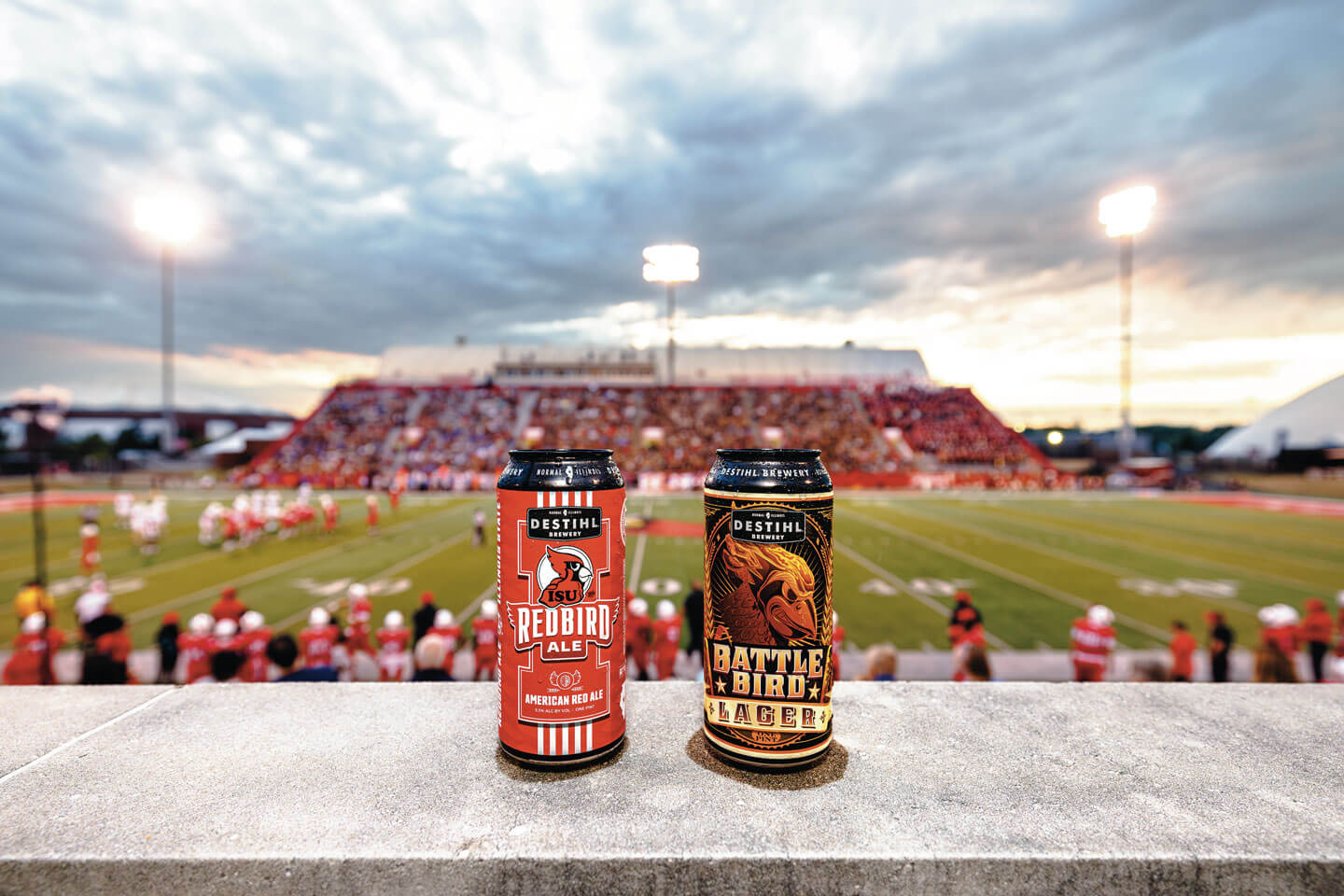
Archived photos courtesy of the Dr. Jo Ann Rayfield Archives and the McLean County Museum of History.
Latest Campus News
- Beyond the headlines: Stephanie Rodriguez ’18 connects with communities through bilingual reportingStephanie Rodriguez ’18 never imagined her journalism career would take her from reporting on a dramatic murder trial featured on the true crime show 48 Hours to covering alligator mating season in Florida. Only seven years in, she's earned an Emmy nomination, worked in four television markets, and has became a voice for those who often go unheard.
- Video: Blooming for 20 years: Horticulture Center welcomes community for annual Autumnal FestivalFrom volunteers to students, the people behind ISU’s Horticulture Center are preparing to mark its 20th anniversary during the Autumnal Festival.
- Our newest Redbirds by the numbers: Fall 2025Nearly 6,000 new Redbirds are on campus this fall, as Illinois State University continues the trend of attracting strong classes of high-achieving students.
- Rittenhouse-to-Sobkowicz connection key for No. 7-ranked Redbird football teamWhen the Redbirds (0-1) take the field this weekend for the football season home opener against Morehead State (1-0) on Saturday, September 6 at 6 p.m. at Hancock Stadium, they will bring along with them the experience of playing the storied Oklahoma Sooners one week ago.
- Growth abroad: Illinois State students reflect on life-changing experiences in Kenya and South AfricaNot only did Illinois State students Makenna Williams and Avery Pierre deepen their understanding of the world while studying and serving abroad in Africa this summer, but they also returned home with a clearer sense of purpose.
- Our Newest Redbirds: Transfer student brings creative spirit, sense of community to his new schoolDevin Briseno hopes to carve out a career as a filmmaker, but first he must complete the important role of being a college student. A transfer student, he has just begun his sophomore year at Illinois State University.








